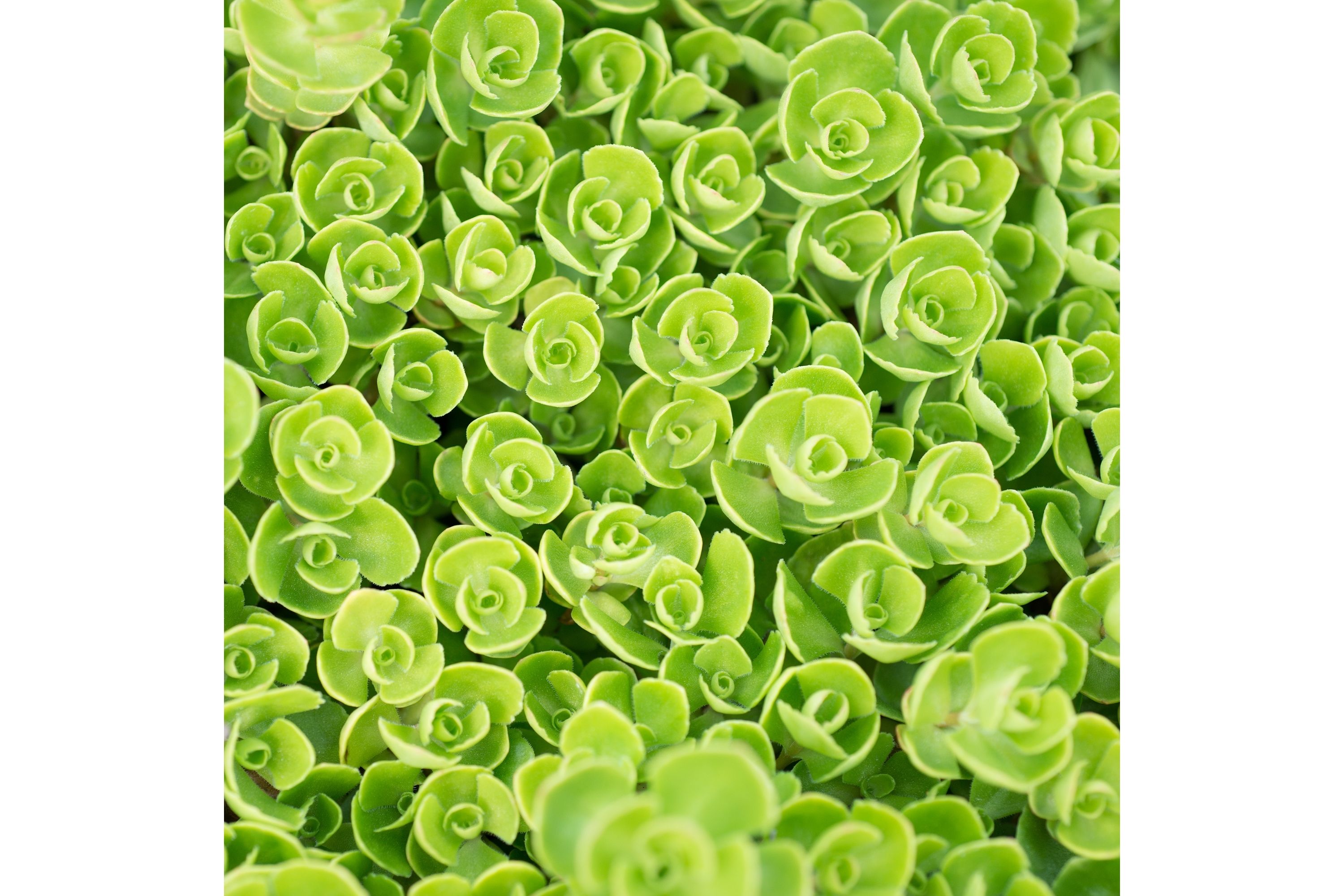Sedum bulbiferum
(Sedum bulbiferum)

Description
Sedum is a large genus of flowering plants in the family Crassulaceae, members of which are commonly known as stonecrops. The genus has been described as containing up to 600 species, subsequently reduced to 400–500. They are leaf succulents found primarily in the Northern Hemisphere, but extending into the southern hemisphere in Africa and South America. The plants vary from annual and creeping herbs to shrubs. The plants have water-storing leaves. The flowers usually have five petals, seldom four or six. There are typically twice as many stamens as petals. Various species formerly classified as Sedum are now in the segregate genera Hylotelephium and Rhodiola. Well-known European species of Sedum are Sedum acre, Sedum album, Sedum dasyphyllum, Sedum reflexum (also known as Sedum rupestre) and Sedum hispanicum. Sedum is a genus that includes annual, biennial, and perennial herbs. They are characterised by succulent leaves and stems. The extent of morphological diversity and homoplasy make it impossible to characterise Sedum phenotypicaly. Sedum was first formally described by Carl Linnaeus in 1753, with 15 species. Of the genera encompassed by the Crassulaceae family, Sedum is the most species rich, the most morphologically diverse and most complex taxonomically. Historically it was placed in the subfamily Sedoideae, of which it was the type genus. Of the three modern subfamilies of the Crassulaceae, based on molecular phylogenetics Sedum is placed in the subfamily Sempervivoideae. Although the genus has been greatly reduced, from about 600 to 420–470 species, by forming up to 32 segregate genera, it still constitutes a third of the family and is polyphyletic.
Taxonomic tree:







